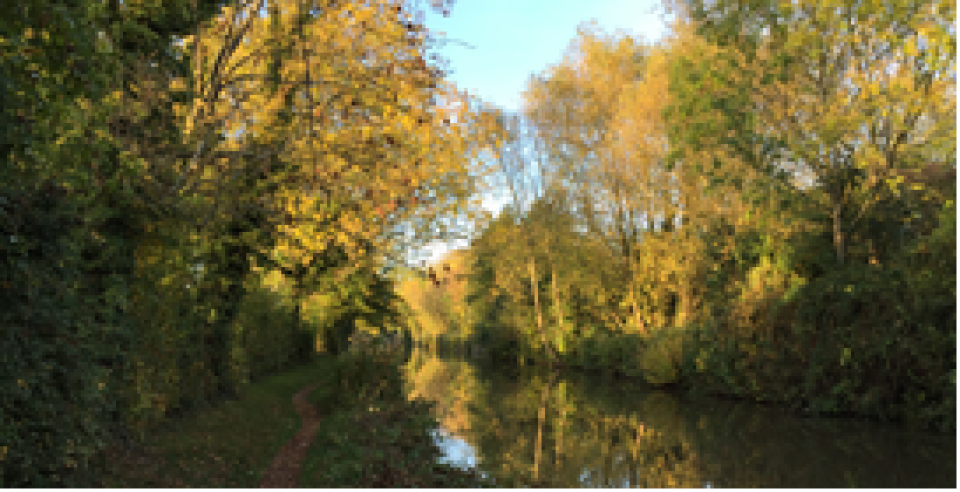
The Warwickshire case study includes the regions of Warwickshire, Coventry and Solihull in the East Midlands of England. The region is very rural and sparsely populated. It borders Birmingham, which is one of the UK"s largest cities after London. The Warwickshire, Coventry and Solihull sub-region has some excellent wildlife areas, but these are often quite fragmented. Warwickshire has lost more than 70 plant species and 40 species of moth in recent decades and less than 2% of the county is designated for its natural interest.
Assessing ecosystem service delivery and the options for biodiversity offsetting (compensation measures for biodiversity impacts). Also, the future resilience of offsetting in the context of climate change is being studied.
- Improved understanding of the ecosystem services of Warwickshire.
- Improved understanding of the role of ecosystem services in the context of biodiversity offsetting and the potential impact of climate change on the offset habitats.
- Documentation of existing models for offsetting and analysis of its costs and benefits.
The offsetting context is relevant to any studies interested in different approaches to meeting no-net-loss targets for development. The methods could be transferred to any area that is assessing ecosystem services or applying biodiversity offsetting. Some ecosystem service delivery findings could be applied to other mixed rural landscapes, but the cultural services would be more societally specific. The resilience of offsets to climate change would depend on the habitat and location.
The methods offer very different insights into Ecosystem Services and a combination of approaches is useful to obtain a broad understanding of the mixed rural context. Further assessment with the case study stakeholders is required to assess the extent to which each approach can help frame management practice beyond awareness raising.~
